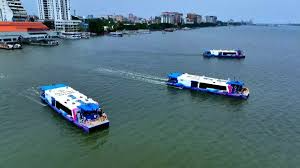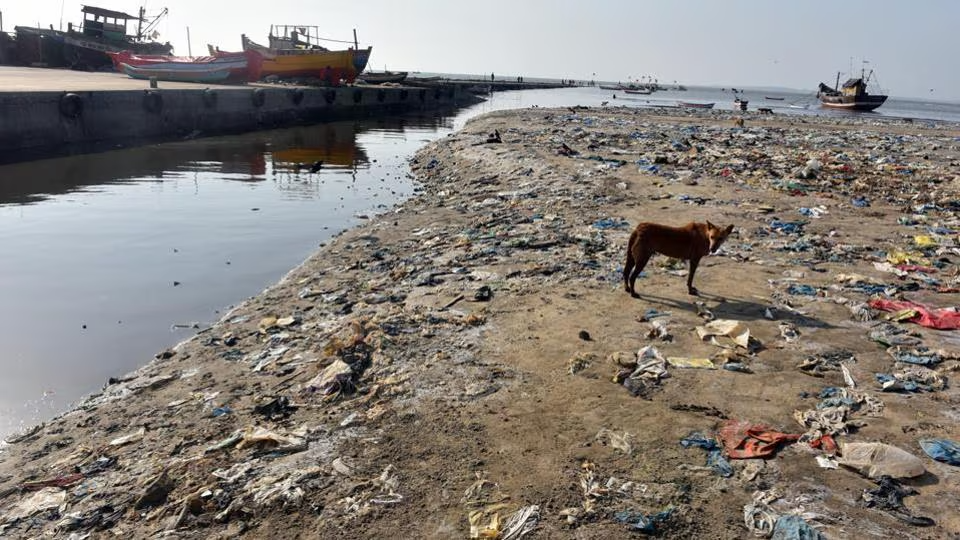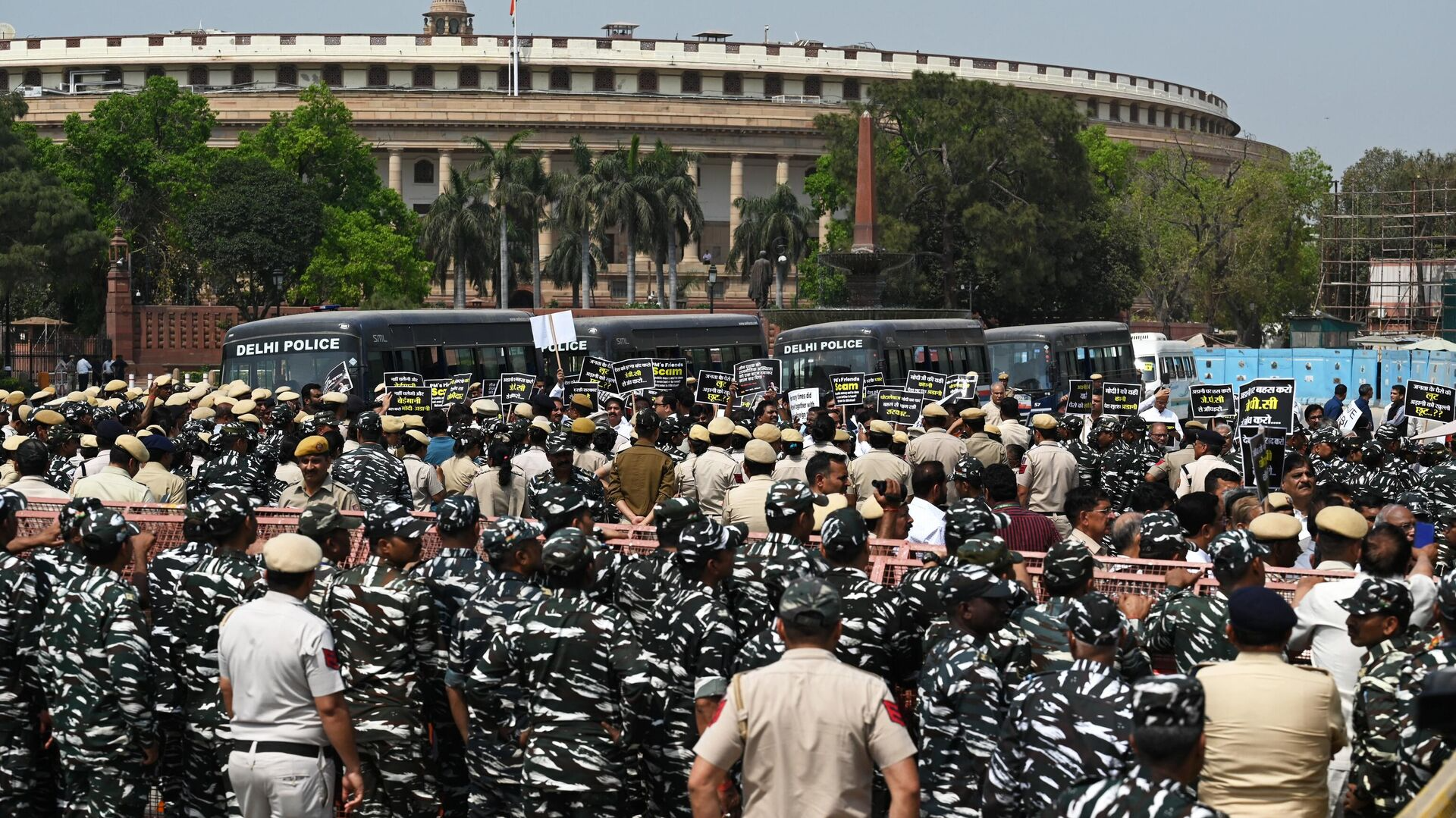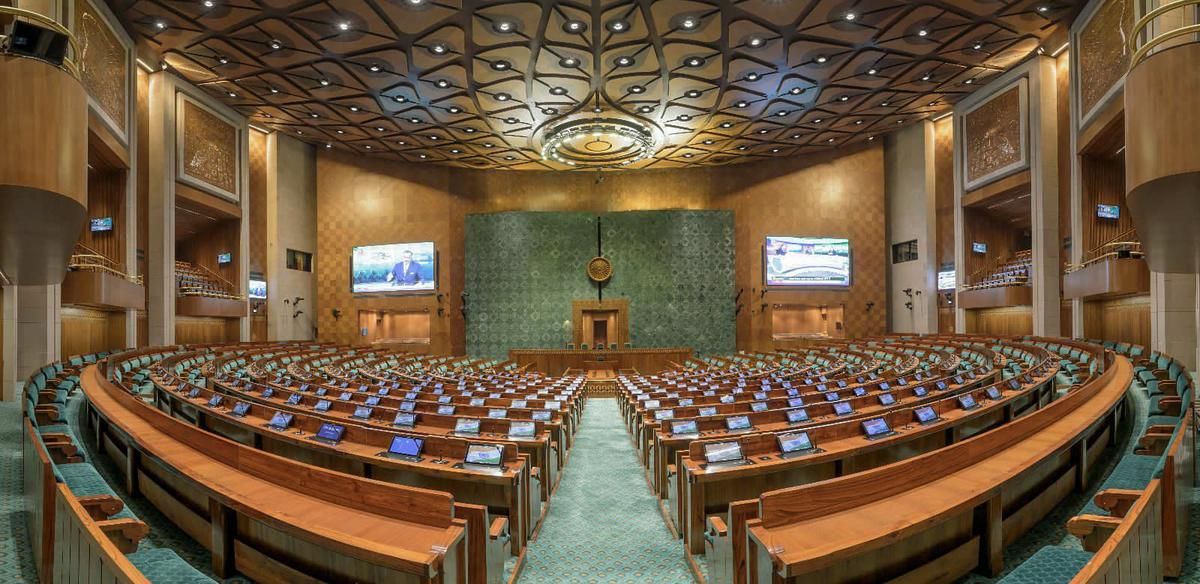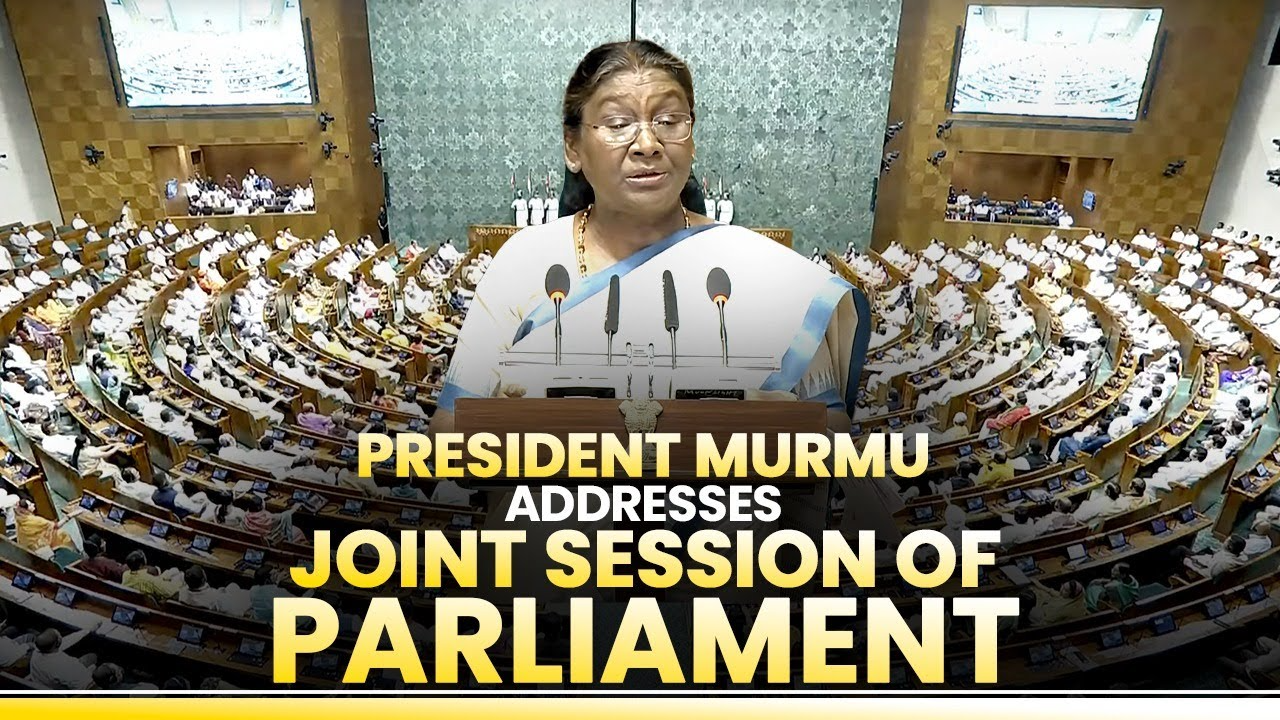Water Supply Disruption in Bengaluru
Posted On July 11, 2025
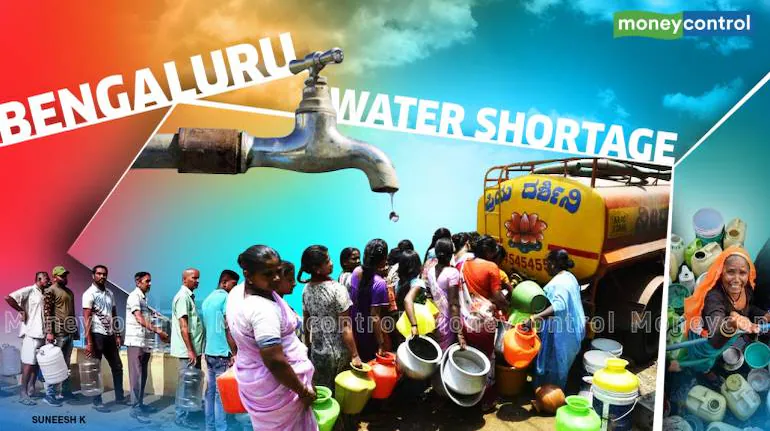
Bengaluru, India’s Silicon Valley and one of the fastest-growing urban agglomerations in the world, is once again in the throes of a severe water supply crisis. On June 28, 2025, several neighborhoods across the city woke up to dry taps and tanker delays, affecting lakhs of residents and triggering a wave of public concern. The Bangalore Water Supply and Sewerage Board (BWSSB), the city’s primary civic water agency, officially confirmed a citywide water supply disruption due to a combination of technical failures, low reservoir levels, and pipe bursts across critical zones.
This latest episode is not isolated-it is part of a growing pattern of stress on Bengaluru’s fragile water infrastructure. The crisis reveals systemic urban planning issues, rising demand from unchecked urban sprawl, climate change pressures, and governance challenges.
What Triggered the Latest Water Disruption?
The immediate cause was a major pipeline burst on June 27 near Thorekadanahalli (TK Halli), where the Cauvery water is pumped to Bengaluru from a distance of over 90 kilometers. According to BWSSB engineers, a 14-foot section of a 2100 mm diameter pipeline cracked due to prolonged wear and excessive pressure. The rupture led to massive leakage and forced BWSSB to shut down the Stage IV pumping station-responsible for delivering nearly 30% of the city’s daily water supply. Simultaneously, the reservoir levels in Cauvery Stage V had dropped by over 20% below seasonal average, owing to weak monsoons and upstream agricultural demands from Mandya and Mysuru. To make matters worse, emergency tankers-usually deployed to handle outages-faced fuel shortages and delays due to protest blockades in key areas.
These compounding factors led to a cascading failure in water delivery, affecting over 2.1 million residents across Whitefield, KR Puram, Bellandur, Jayanagar, Rajajinagar, HSR Layout, and several IT parks.
Areas Worst Affected
While the entire city felt the ripple effects, East and South Bengaluru bore the brunt of the disruption. In Bellandur and Sarjapur, where thousands reside in high-rise apartments, building societies reported zero water pressure even in underground tanks. IT employees from Outer Ring Road, especially in Kadubeesanahalli and Marathahalli, complained of unsanitary restrooms and kitchen shutdowns in office spaces. Educational institutions such as Jain College, St. Joseph’s Evening College, and multiple Kendriya Vidyalayas shifted to online classes as a precautionary measure.
In some low-income colonies in Hebbal and Shivajinagar, residents resorted to collecting water from roadside leaks and broken mains. Queues for private tanker water stretched over three hours in some localities.
Official Response and Contingency Measures
BWSSB released a statement confirming that repair crews were working round the clock to fix the pipeline, and partial restoration was expected within 48 hours. The agency has also- Activated Phase-wise Water Rationing, supplying water on alternate days in several zones. Deployed 325 additional private tankers to support areas with critical needs. Set up 16 temporary water kiosks and 6 mobile RO units in slums and densely populated wards. Coordinated with BBMP (city municipality) to ensure water supply to hospitals, fire stations, and essential services remains uninterrupted. In the longer term, the Karnataka Urban Water Supply Improvement Program (KUWSIP) is working on expanding water recycling plants and micro-grid water systems, though these are far from completion.
Citizens React- Anger, Adaptation, and Innovation
Residents across Bengaluru expressed a mix of frustration and pragmatism. Social media hashtags like #NoWaterBLR, #BWSSBFail, and #FixOurPipes trended for 24 hours on Twitter. Citizen groups like Whitefield Rising, Bellandur Jothege, and Citizens for Bengaluru issued joint statements demanding transparency in infrastructure status and long-term solutions. Apartment societies with private borewells or rainwater harvesting systems fared better. Some local communities even opened up their storage tanks to neighbors in need. Restaurants and cafes in Indiranagar and JP Nagar offered free water refills and encouraged patrons to carry their own bottles. Several tech startups innovated on the fly-platforms like Tankr, an app-based water delivery aggregator, saw a surge in downloads and emergency orders. In areas like Koramangala, school students and young volunteers formed "water brigades" to help senior citizens collect and carry water from kiosks.
Underlying Issues- Why Does This Keep Happening?
This is not Bengaluru’s first brush with water stress. The city depends heavily on external water sources, mainly the Cauvery River, which supplies over 1,450 million liters per day (MLD) through four stages of pumping. However, Bengaluru’s demand exceeds 2,200 MLD, leading to a daily shortfall.
Moreover, the city’s own groundwater table has plummeted-in some areas, borewells have dried up entirely. Reasons include-
Over-extraction by private water tankers
Lack of rainwater harvesting enforcement
Concrete urbanization with poor recharge potential
The situation is worsened by the fact that over 35% of Bengaluru’s water is lost to leaks and theft, according to a 2024 audit by the Comptroller and Auditor General (CAG). The aging pipe network-some parts over 60 years old-has not been upgraded to match the expanding urban sprawl.
Adding to this, the absence of water meters in nearly 60% of households makes consumption unregulated and billing inefficient.
What Are the Long-Term Solutions?
Experts, urban planners, and citizen groups have long advocated for a multi-pronged water sustainability plan. Some of the proposed and ongoing solutions include- Decentralized Rainwater Harvesting- Making rooftop and ground harvesting mandatory for all new constructions. Existing societies are being incentivized through property tax rebates. Treated Wastewater Reuse- Expansion of STPs (Sewage Treatment Plants) and mandates for reuse in construction, gardening, and non-potable use. As of 2025, BWSSB is treating 900 MLD, but less than half is being reused.
Smart Metering- Installation of IoT-based water meters that monitor consumption in real-time and reduce pilferage.
Revival of Lakes and Wetlands- Civic bodies and NGOs are working on restoring urban lakes like Kaikondrahalli, Puttenahalli, and Agara, which can act as micro-reservoirs.
Demand-Side Management- Awareness campaigns, water budgeting in RWAs, and water-efficient appliances in commercial establishments.
Regional Diversification- Reducing dependence on the Cauvery by tapping into Arkavathy River, Thippagondanahalli reservoir, and stormwater harvesting systems in future townships.
Government Accountability and Policy Shifts
The water disruption has ignited policy-level conversations. The Karnataka government has promised to table the Urban Water Security Bill in the state assembly, which will-
Introduce penalties for wastage
Mandate annual infrastructure audits
Allow citizen participation in ward-level water management committees
BWSSB has also announced a ₹850 crore pipeline modernization project under the AMRUT 2.0 urban renewal program, funded jointly by the World Bank and the Asian Infrastructure Investment Bank.
Additionally, the government has appealed to IT parks, malls, and gated communities to install private recycling plants or subscribe to centralized greywater reuse programs.
Conclusion- A City at a Crossroads
Bengaluru’s water supply disruption in June 2025 is a warning bell, not just for civic agencies but for all stakeholders-residents, builders, tech firms, and policymakers. The city’s success story cannot be sustained without basic utilities like water being resilient and future-proof.
This latest crisis must be used as a catalyst to reimagine Bengaluru’s relationship with water-from passive consumption to active conservation. With rapid urbanization showing no signs of slowing down, only a holistic, tech-enabled, and community-driven approach can help Bengaluru secure its future water needs.
Because in the end, the question is not “when will water return?”, but “will we change before it runs out again?”
This latest episode is not isolated-it is part of a growing pattern of stress on Bengaluru’s fragile water infrastructure. The crisis reveals systemic urban planning issues, rising demand from unchecked urban sprawl, climate change pressures, and governance challenges.
What Triggered the Latest Water Disruption?
The immediate cause was a major pipeline burst on June 27 near Thorekadanahalli (TK Halli), where the Cauvery water is pumped to Bengaluru from a distance of over 90 kilometers. According to BWSSB engineers, a 14-foot section of a 2100 mm diameter pipeline cracked due to prolonged wear and excessive pressure. The rupture led to massive leakage and forced BWSSB to shut down the Stage IV pumping station-responsible for delivering nearly 30% of the city’s daily water supply. Simultaneously, the reservoir levels in Cauvery Stage V had dropped by over 20% below seasonal average, owing to weak monsoons and upstream agricultural demands from Mandya and Mysuru. To make matters worse, emergency tankers-usually deployed to handle outages-faced fuel shortages and delays due to protest blockades in key areas.
These compounding factors led to a cascading failure in water delivery, affecting over 2.1 million residents across Whitefield, KR Puram, Bellandur, Jayanagar, Rajajinagar, HSR Layout, and several IT parks.
Areas Worst Affected
While the entire city felt the ripple effects, East and South Bengaluru bore the brunt of the disruption. In Bellandur and Sarjapur, where thousands reside in high-rise apartments, building societies reported zero water pressure even in underground tanks. IT employees from Outer Ring Road, especially in Kadubeesanahalli and Marathahalli, complained of unsanitary restrooms and kitchen shutdowns in office spaces. Educational institutions such as Jain College, St. Joseph’s Evening College, and multiple Kendriya Vidyalayas shifted to online classes as a precautionary measure.
In some low-income colonies in Hebbal and Shivajinagar, residents resorted to collecting water from roadside leaks and broken mains. Queues for private tanker water stretched over three hours in some localities.
Official Response and Contingency Measures
BWSSB released a statement confirming that repair crews were working round the clock to fix the pipeline, and partial restoration was expected within 48 hours. The agency has also- Activated Phase-wise Water Rationing, supplying water on alternate days in several zones. Deployed 325 additional private tankers to support areas with critical needs. Set up 16 temporary water kiosks and 6 mobile RO units in slums and densely populated wards. Coordinated with BBMP (city municipality) to ensure water supply to hospitals, fire stations, and essential services remains uninterrupted. In the longer term, the Karnataka Urban Water Supply Improvement Program (KUWSIP) is working on expanding water recycling plants and micro-grid water systems, though these are far from completion.
Citizens React- Anger, Adaptation, and Innovation
Residents across Bengaluru expressed a mix of frustration and pragmatism. Social media hashtags like #NoWaterBLR, #BWSSBFail, and #FixOurPipes trended for 24 hours on Twitter. Citizen groups like Whitefield Rising, Bellandur Jothege, and Citizens for Bengaluru issued joint statements demanding transparency in infrastructure status and long-term solutions. Apartment societies with private borewells or rainwater harvesting systems fared better. Some local communities even opened up their storage tanks to neighbors in need. Restaurants and cafes in Indiranagar and JP Nagar offered free water refills and encouraged patrons to carry their own bottles. Several tech startups innovated on the fly-platforms like Tankr, an app-based water delivery aggregator, saw a surge in downloads and emergency orders. In areas like Koramangala, school students and young volunteers formed "water brigades" to help senior citizens collect and carry water from kiosks.
Underlying Issues- Why Does This Keep Happening?
This is not Bengaluru’s first brush with water stress. The city depends heavily on external water sources, mainly the Cauvery River, which supplies over 1,450 million liters per day (MLD) through four stages of pumping. However, Bengaluru’s demand exceeds 2,200 MLD, leading to a daily shortfall.
Moreover, the city’s own groundwater table has plummeted-in some areas, borewells have dried up entirely. Reasons include-
Over-extraction by private water tankers
Lack of rainwater harvesting enforcement
Concrete urbanization with poor recharge potential
The situation is worsened by the fact that over 35% of Bengaluru’s water is lost to leaks and theft, according to a 2024 audit by the Comptroller and Auditor General (CAG). The aging pipe network-some parts over 60 years old-has not been upgraded to match the expanding urban sprawl.
Adding to this, the absence of water meters in nearly 60% of households makes consumption unregulated and billing inefficient.
What Are the Long-Term Solutions?
Experts, urban planners, and citizen groups have long advocated for a multi-pronged water sustainability plan. Some of the proposed and ongoing solutions include- Decentralized Rainwater Harvesting- Making rooftop and ground harvesting mandatory for all new constructions. Existing societies are being incentivized through property tax rebates. Treated Wastewater Reuse- Expansion of STPs (Sewage Treatment Plants) and mandates for reuse in construction, gardening, and non-potable use. As of 2025, BWSSB is treating 900 MLD, but less than half is being reused.
Smart Metering- Installation of IoT-based water meters that monitor consumption in real-time and reduce pilferage.
Revival of Lakes and Wetlands- Civic bodies and NGOs are working on restoring urban lakes like Kaikondrahalli, Puttenahalli, and Agara, which can act as micro-reservoirs.
Demand-Side Management- Awareness campaigns, water budgeting in RWAs, and water-efficient appliances in commercial establishments.
Regional Diversification- Reducing dependence on the Cauvery by tapping into Arkavathy River, Thippagondanahalli reservoir, and stormwater harvesting systems in future townships.
Government Accountability and Policy Shifts
The water disruption has ignited policy-level conversations. The Karnataka government has promised to table the Urban Water Security Bill in the state assembly, which will-
Introduce penalties for wastage
Mandate annual infrastructure audits
Allow citizen participation in ward-level water management committees
BWSSB has also announced a ₹850 crore pipeline modernization project under the AMRUT 2.0 urban renewal program, funded jointly by the World Bank and the Asian Infrastructure Investment Bank.
Additionally, the government has appealed to IT parks, malls, and gated communities to install private recycling plants or subscribe to centralized greywater reuse programs.
Conclusion- A City at a Crossroads
Bengaluru’s water supply disruption in June 2025 is a warning bell, not just for civic agencies but for all stakeholders-residents, builders, tech firms, and policymakers. The city’s success story cannot be sustained without basic utilities like water being resilient and future-proof.
This latest crisis must be used as a catalyst to reimagine Bengaluru’s relationship with water-from passive consumption to active conservation. With rapid urbanization showing no signs of slowing down, only a holistic, tech-enabled, and community-driven approach can help Bengaluru secure its future water needs.
Because in the end, the question is not “when will water return?”, but “will we change before it runs out again?”

